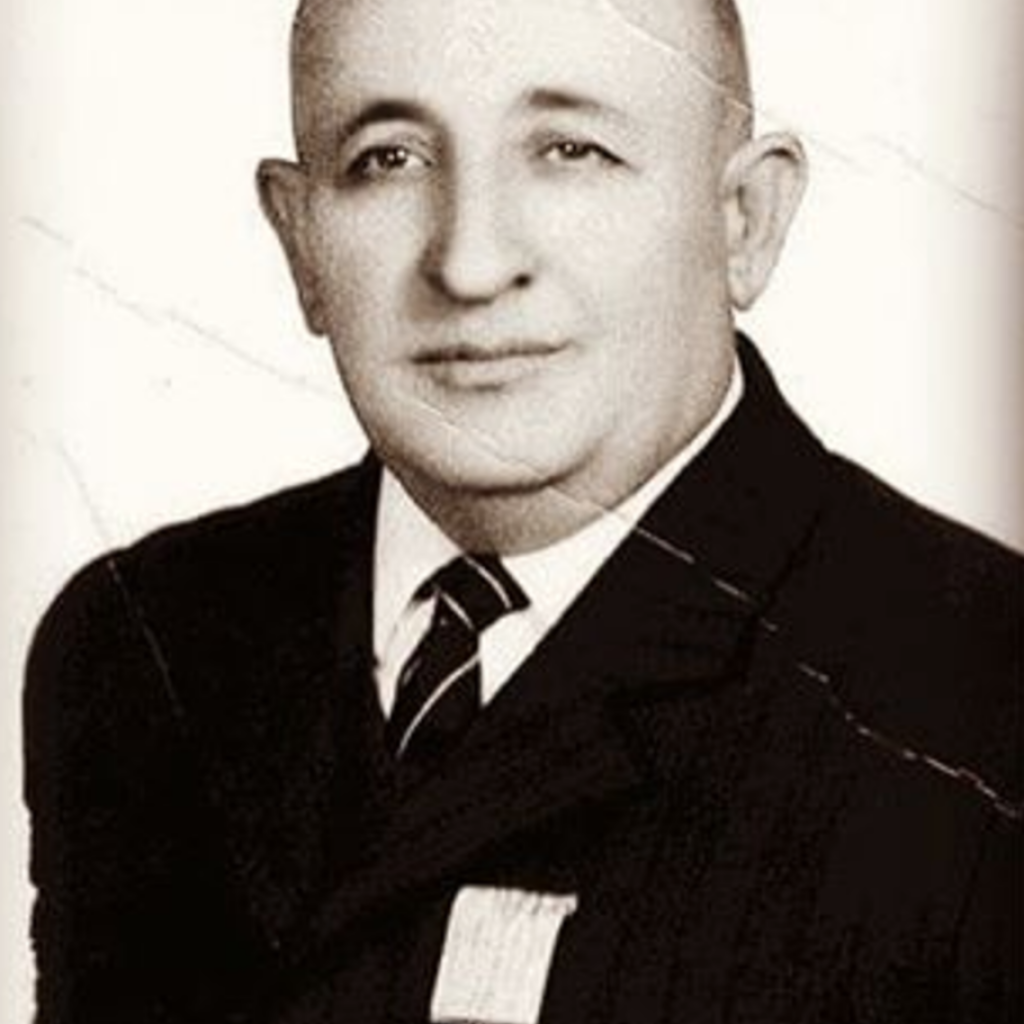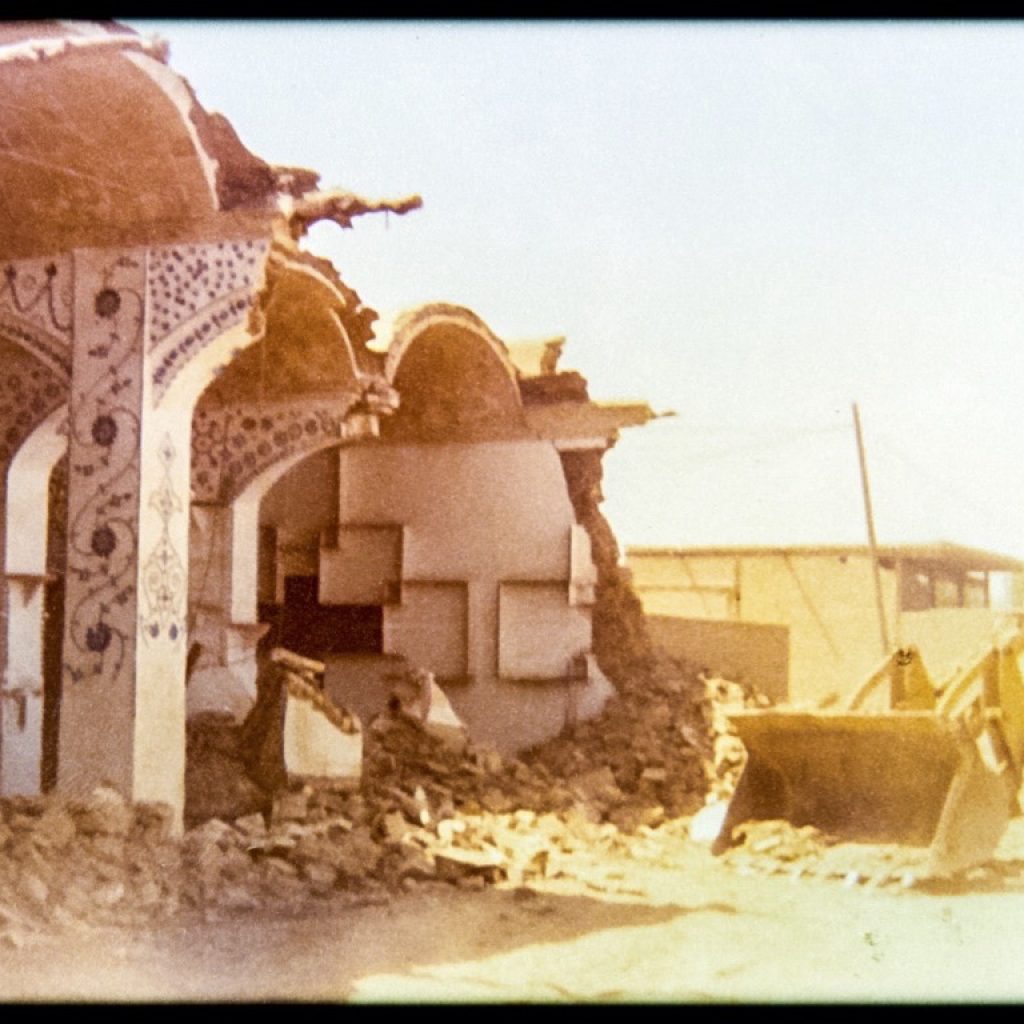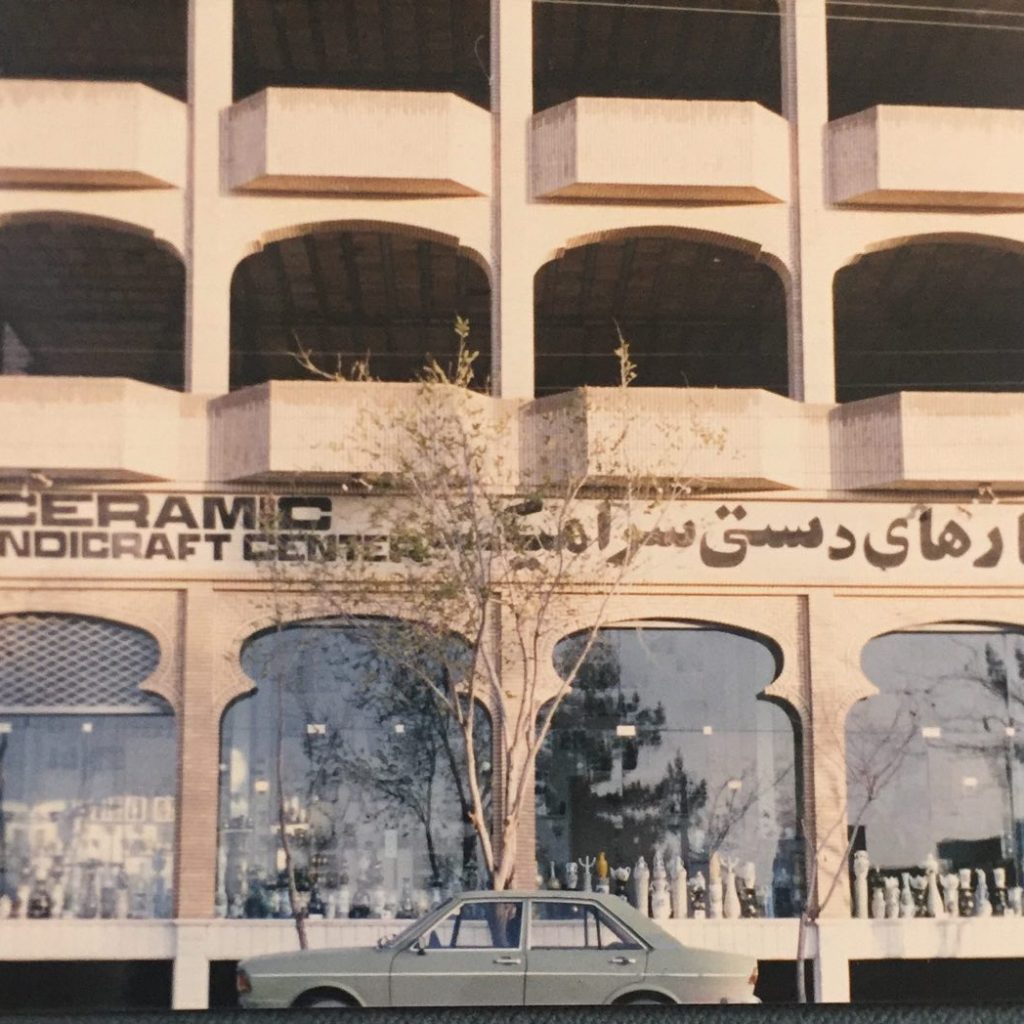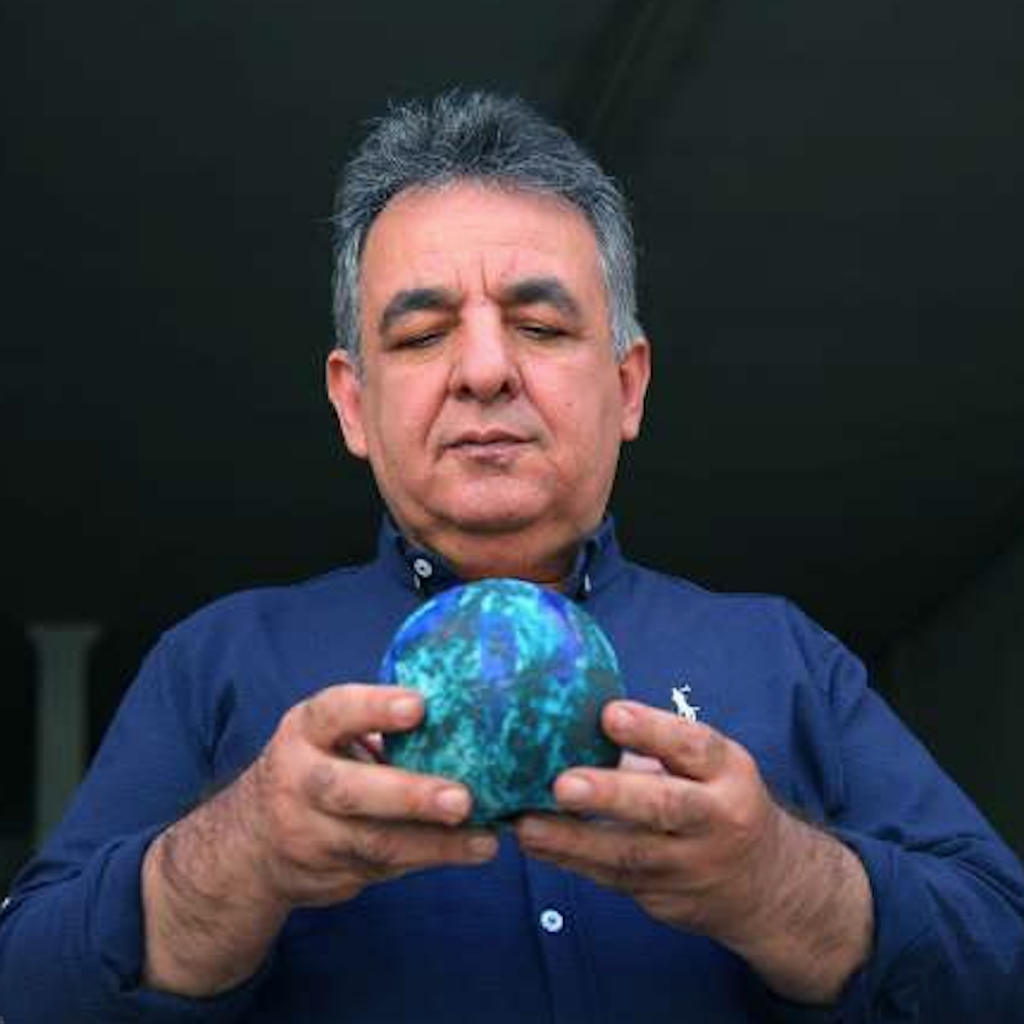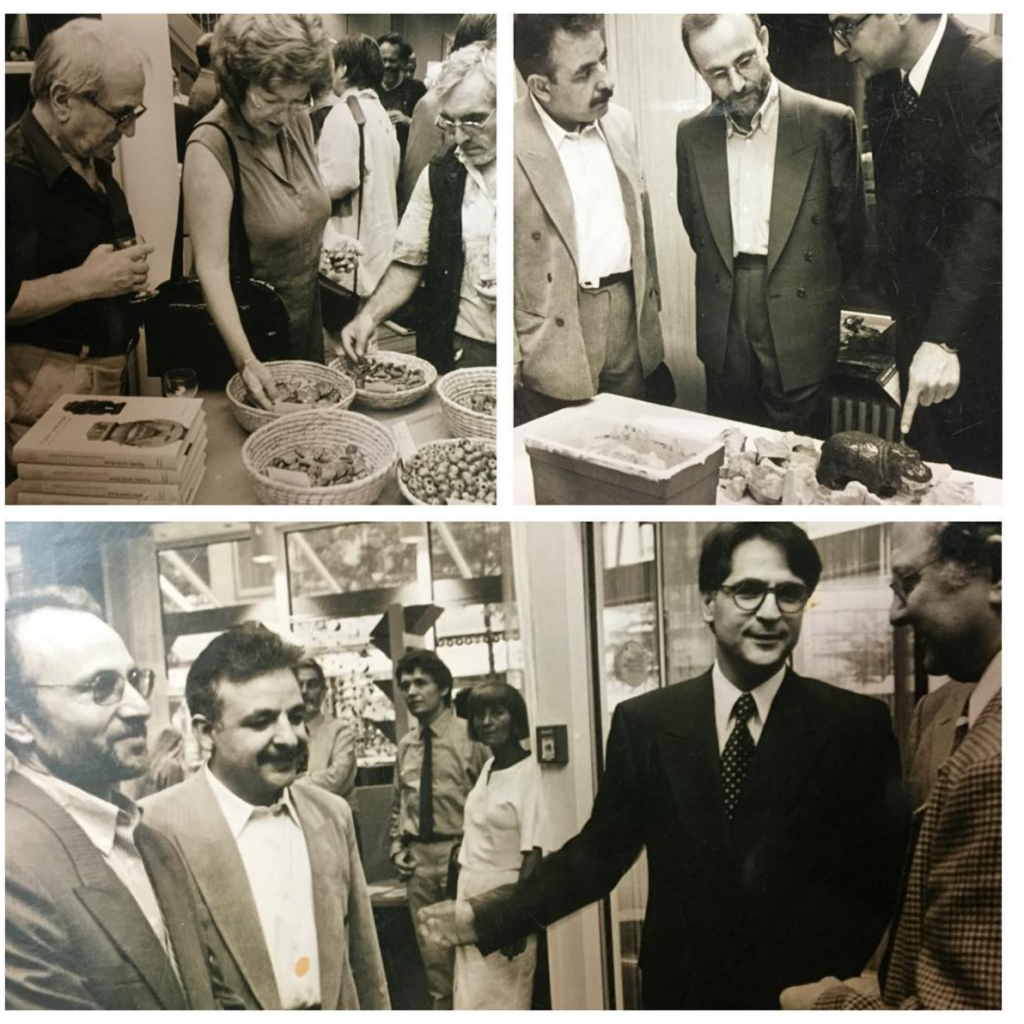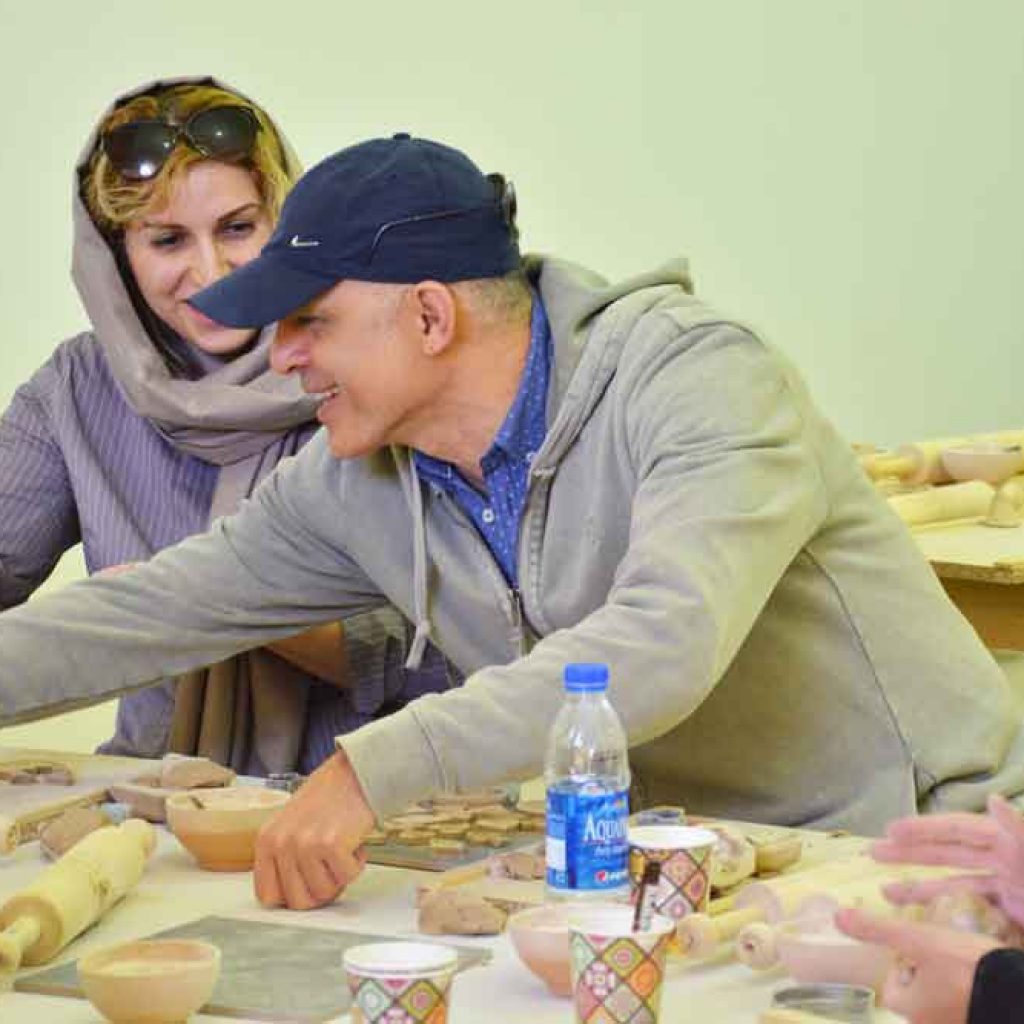Our History
Seyed Morteza Saadatmand Continued His Family Business
In 1915, Seyed Morteza Saadatmand started his own ceramic workshop in the city of Tehran, following his decision to continue his ancestor’s family business. For years he crafted home decoration ceramic products and sold his artworks at Tehran Bazar. At the age of 40, Seyed Morteza moved to the city of Qom Read More >>
A Dream Came True
In 1951, Seyed Mohammad Saadatmand founded Ceramic Handicraft Center following his dream of globalization of Iranian ceramic handicrafts. Being determined to attract international tourists, he chose the location of the ceramic center right beside Qom-Isfahan road where International tourists drove on to reach the city of Isfahan. Read More >>
A Black Day
It was one of the cold days of Nov, 1979 when Seyed Mohammad Saadatmand found a crowd of people moving out everything from the shopping area to the yard. They were helping the city government emptying the shop to make it ready to be torn down. In a few hours everything was bulldozed in front of Seyed Mohammad and his sons’ eyes. Read More >>
The Bright Days
Seyed Abolghasem revitalized the center by selling the products nationally and internationally. The uprising energy, enthusiasm and optimism between staff encouraged Seyed Mohammad and Seyed Abolghasem to dream one more time about the future of the center. In 1989, the Ceramic Handicraft Center celebrated the opening of a new storefront right beside the old workshop. Read More >>
Continuing the Legacy
In 1999, Seyed Mohammad Saadatmand passed away. His death was a big loss for his family especially for Seyed Abolghasem, Mohammad’s third son, who had worked with him since he was a child. Seyed Abolghasem used to work in his father’s property but after Seyed Mohammad’s death the property belonged to the heirs and Seyed Abolghasem preferred not to work there anymore. It was hard to leave everything behind, but he chose to move out and build a new ceramic center. Read More >>
International Recognition
In 1999, following the research done by american scholars on Qom-Technique, researchers at University of Kassel got together to uncover the mysteries of the oldest known type of glazed ceramic, Kharmohre. A few month after starting the project, the researchers found that there is an artist in the City of Qom who utilized Qom-Technique as a glazing method for his works. Read More>>
A New Era
From 1999 to 2016 the activities of the center was mostly focused on the marketplace needs. The improvement of the production techniques and expansion of the business was exciting to Seyed Abolghasem and his team but deep down Abolghasem knew something is missing. He remembered the days tourists stopped at his father’s ceramic workshop and enjoyed spending their time watching, shopping and learning about ceramics. Read More>>



